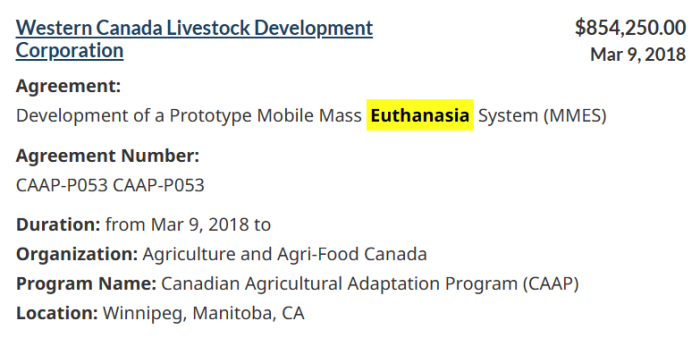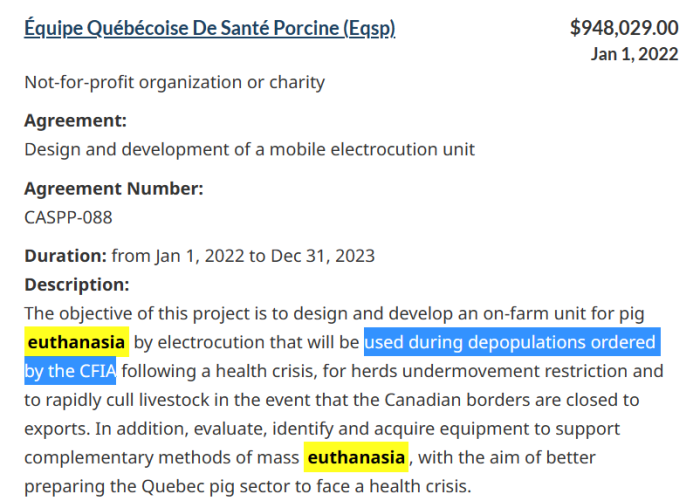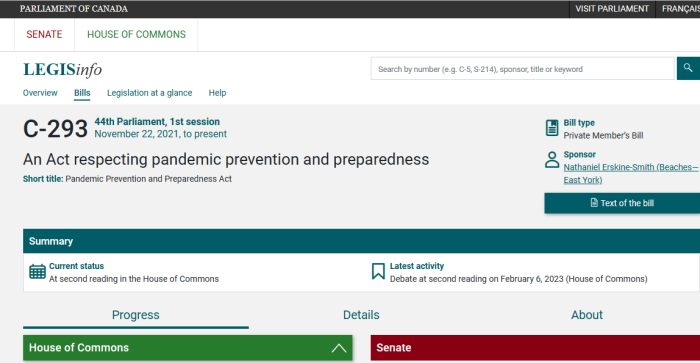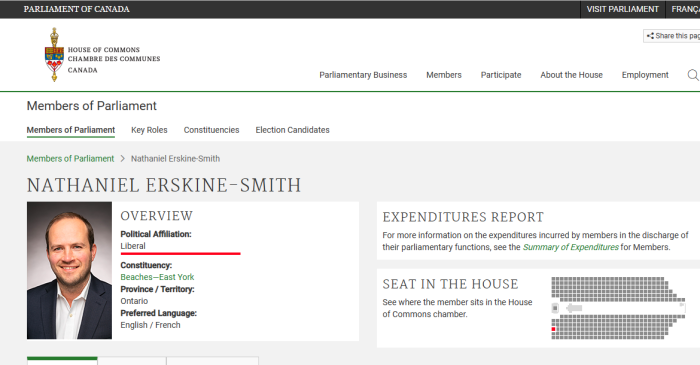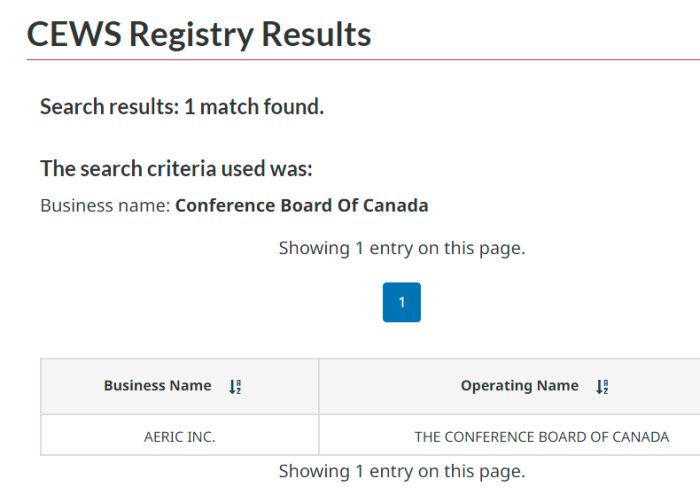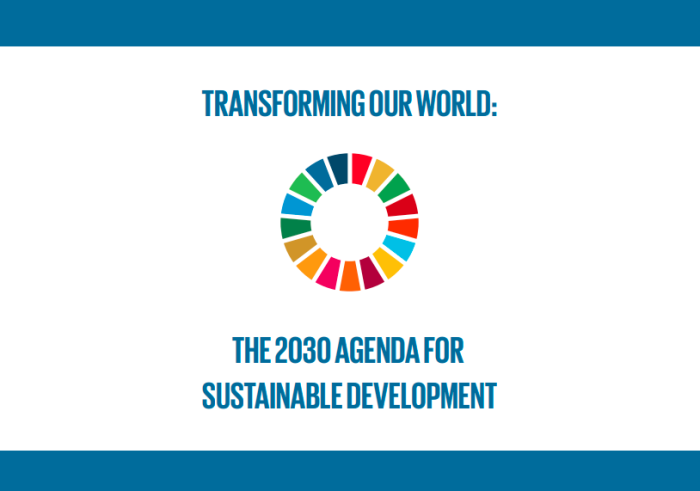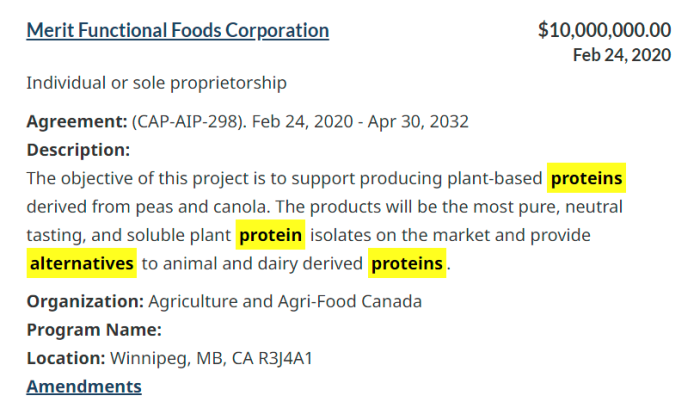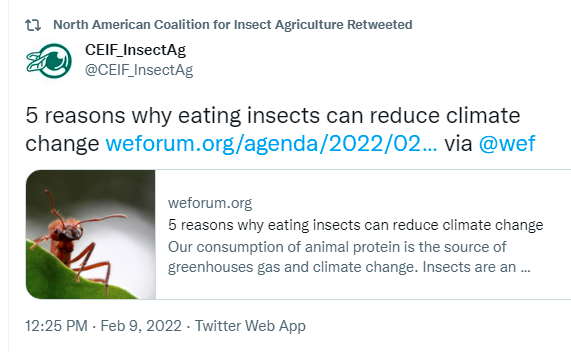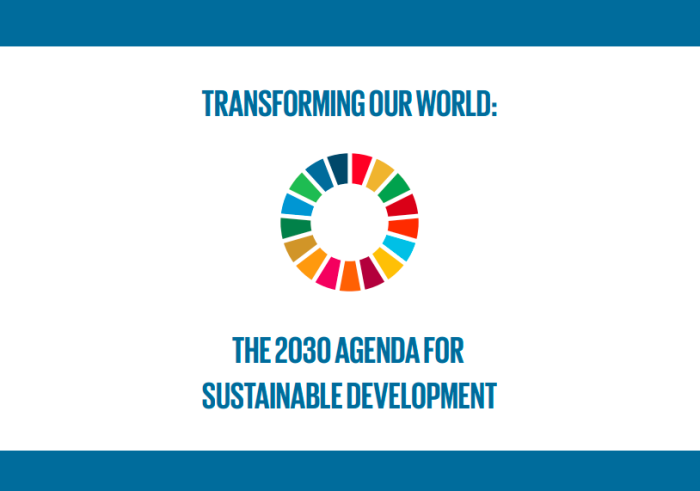
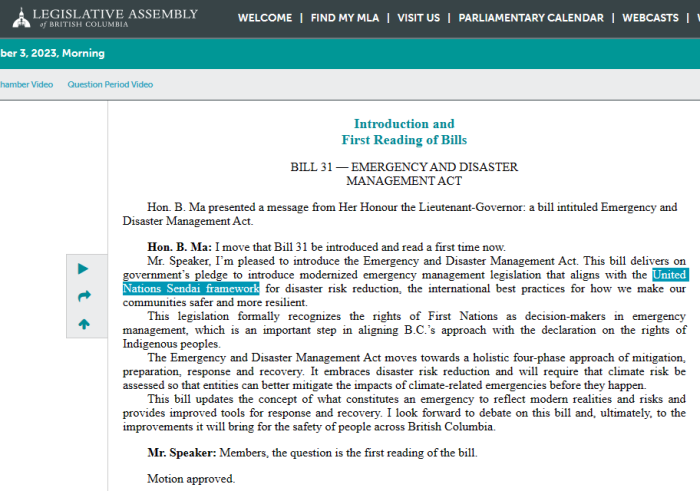

A few weeks ago, British Columbia Bill 31, the Emergency and Disaster Management Act, made ripples because of the embedded language which seemed to be a threat to property rights. Under the pretense of emergencies, rights could be suspended in a manner that heavily paralleled the Public Health Act.
However, it’s noteworthy that the B.C. Government isn’t actually responsible for this legislation. It’s domestic implementation of the United Nations Sendai Framework, signed in Japan in 2015.
Introduction and
First Reading of Bills
.
BILL 31 — EMERGENCY AND DISASTER MANAGEMENT ACT
.
Hon. B. Ma presented a message from Her Honour the Lieutenant-Governor: a bill intituled Emergency and Disaster Management Act.
.
Hon. B. Ma: I move that Bill 31 be introduced and read a first time now.
.
Mr. Speaker, I’m pleased to introduce the Emergency and Disaster Management Act. This bill delivers on government’s pledge to introduce modernized emergency management legislation that aligns with the United Nations Sendai framework for disaster risk reduction, the international best practices for how we make our communities safer and more resilient.
.
This legislation formally recognizes the rights of First Nations as decision-makers in emergency management, which is an important step in aligning B.C.’s approach with the declaration on the rights of Indigenous peoples.
.
The Emergency and Disaster Management Act moves towards a holistic four-phase approach of mitigation, preparation, response and recovery. It embraces disaster risk reduction and will require that climate risk be assessed so that entities can better mitigate the impacts of climate-related emergencies before they happen.
.
This bill updates the concept of what constitutes an emergency to reflect modern realities and risks and provides improved tools for response and recovery. I look forward to debate on this bill and, ultimately, to the improvements it will bring for the safety of people across British Columbia.
.
Mr. Speaker: Members, the question is the first reading of the bill.
.
Motion approved.
It’s also explicitly stated that it will be used to “mitigate the risks” of climate change, but without specifying what those risks are.
Bill 31 is quite long, but here are a few notable parts. Section 76 allows the Minister to suspend property rights under the guise of mitigating an emergency. It also allows for warrantless entry under that same pretense.
Furthermore, the Minister is able to order that property be destroyed …. including crops. By this logic, food supply would not be secure either.
Land and other property
76 (1) The minister may, by order, do one or more of the following:
(a) appropriate, use or control the use of any personal property;
(b) use or control the use of any land;
(c) authorize the entry without warrant into any structure or onto any land by any person for the purpose of taking emergency measures;
(d) prohibit the entry into any structure or onto any land by any person;
(e) authorize or require the alteration, removal or demolition of any trees, crops, structures or landscapes;
(f) authorize or require the construction, alteration, removal or demolition of works;
(g) require the owner of a structure to
(i) have any damage to the structure assessed, and
(ii) give the results of the assessment to the minister or a person in a class of persons specified by the minister.
(2) The power under subsection (1) (b) to use or control the use of land does not apply to specified land.
Section 78 would give the Government the power to restrict travel and movement, shut down businesses, and various events. This greatly parallels what happened from 2020 to 2022. The difference here is that the excuse isn’t a disease.
General restrictions
78 (1) The minister may, by order, control or prohibit one or more of the following:
(a) travel to or from any area;
(b) the carrying on of a business or a type of business;
(c) an event or a type of event.
(2) The minister may, by order, do one or more of the following:
(a) require a person to stop doing an activity, including an activity that a person is licensed, permitted or otherwise authorized to do under an enactment;
(b) put limits or conditions on doing an activity, including limits or conditions that have the effect of modifying a licence, permit or other authorization issued under an enactment.
Section 82 says that the Lieutenant Governor in Council can make retroactive orders. This would presumably legalize actions that would previously have been illegal.
Section 139 makes it clear that compliance is mandatory.
Section 140 gives provincial administrators the power to ask for police enforcement
Section 141 outlines judicial remedies to obtain injunction.
Section 154 provides protection from legal proceedings for pretty much anyone involved in implementing emergency management orders.
There is much more to this Bill, and that will be covered in a follow-up.
Now, what does this have to do with the United Nations?
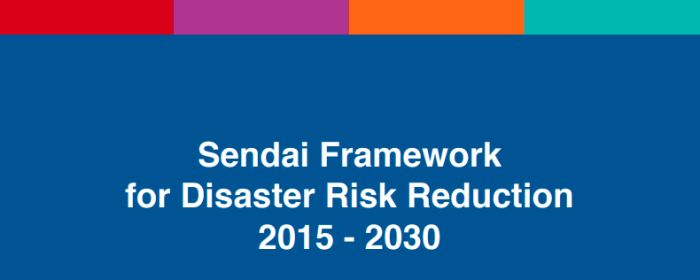
Turns out, that the Sendai Framework was agreed to in 2015, and this is just B.C. implementing their version of it. This is also the third conference, with the first being Yokohama in 1994, and the second in Hyogo in 2005. The specific agency is the UNDDR, the United Nations Office for Disaster Risk Reduction.
The full text of the Sendai Framework for Disaster Risk Reduction (see archive) is available online. As should be apparent, Bill 31 heavily copies this content.
And the Emergency & Disaster Management Act heavily mirrors the Provincial Public Health Acts, which strip away property rights under the cloak of disease prevent. Those have been covered here and here.
More to come!
(1) https://www.leg.bc.ca/parliamentary-business/legislation-debates-proceedings/42nd-parliament/4th-session/bills/bills-with-hansard-debate
(2) https://www.leg.bc.ca/documents-data/debate-transcripts/42nd-parliament/4th-session/20231003am-Hansard-n331#bill31-1R
(3) https://www.preventionweb.net/publication/sendai-framework-disaster-risk-reduction-2015-2030
(4) https://www.preventionweb.net/files/43291_sendaiframeworkfordrren.pdf
(5) https://www.preventionweb.net/files/44983_sendaiframeworkchart.pdf
(6) Sendai Framework 2015 Full Text English
(7) https://en.wikipedia.org/wiki/World_Conference_on_Disaster_Risk_Reduction

